A lot of homeowners only think they need air conditioning repair when their system totally fails. However, the truth is your air conditioner will often give warning signs before a total breakdown that results in new AC installation. Noticing early problems and calling the experts at Hix Air Conditioning Service, Inc. to fix issues early can save you from the hassle and expense of a full AC system breakdown. More importantly, it can stop you from having to endure the discomfort of having your AC break down when it’s scorching hot outside.
When you call us, our team of highly trained HVAC technicians will pinpoint what’s wrong, resolve the issue and restore your comfort fast. We have years of experience and provide reliable, cost-effective AC service for local homeowners.
Why put off calling the pros until your cooling system breaks down? Skip all that hassle by calling today to schedule AC repair in Muskogee, OK, from Hix Air Conditioning Service, Inc..
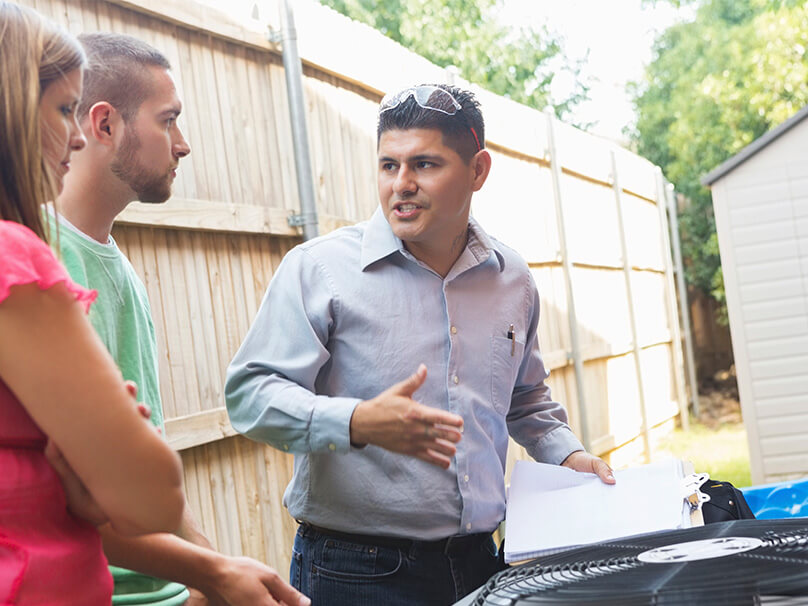
How to Know if You Need AC Repair
What are the signs your air conditioner is having issues? From a stinky smell to a lack of cool air coming from the vents, there are many symptoms that your cooling system has an issue and needs attention or service.
Here are some warning signs that trouble may be around the corner and it’s time to call an HVAC technician from Hix Air Conditioning Service, Inc.:
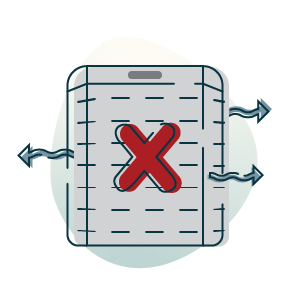
AC is blowing hot air
If hot air is blowing out of your AC unit instead of cool air, or if the air isn’t as cold as you’d like, it’s a smart move to call us for professional cooling service.
Air conditioner frequently turns on and off
If your AC system turns on and off instead of completing its normal cycle, it could be a warning of potential issues and should be evaluated by one of our certified HVAC technicians.
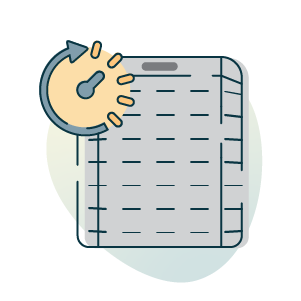
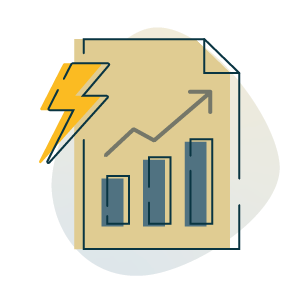
Cooling bills increase for no apparent reason
A big jump in your energy bills can be a sign your AC unit is losing efficiency, which means it uses more energy to keep your space comfortable and needs AC maintenance or repair.
Strange odors are coming from your air conditioner
Air conditioners aren’t supposed to smell. Weird smells coming from your air conditioner should be evaluated by a professional, as they can be a red flag for issues like mold, mildew or even electrical issues.
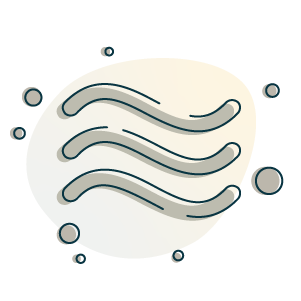
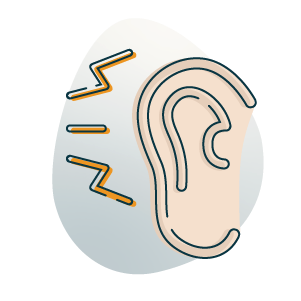
AC starts making noises
If you hear odd noises when your air conditioning is running — banging, grinding or high-pitched whining, to name just a few — it’s important to call for professional HVAC service to evaluate your system.
Request Expert Air Conditioner Repair Right Away
When you require air conditioning service without delay, reach the HVAC repair professionals at Hix Air Conditioning Service, Inc.. We’ll promptly confirm the issue when your equipment won’t start or provide sufficient cool air.
